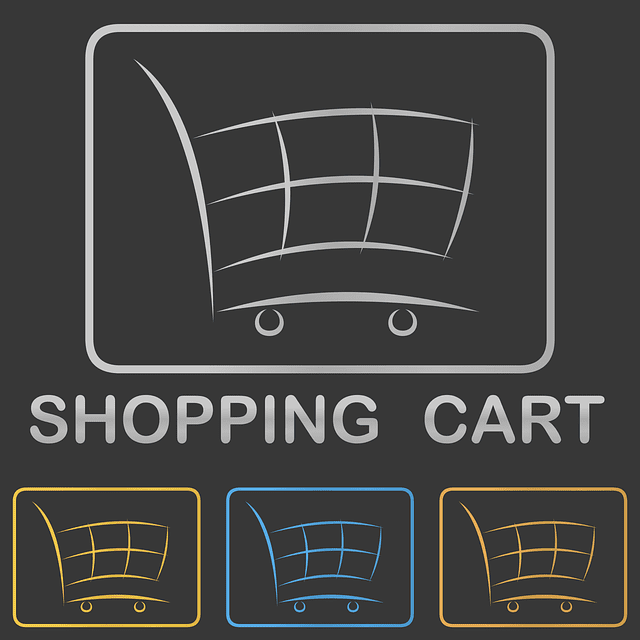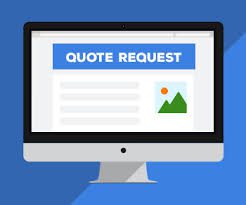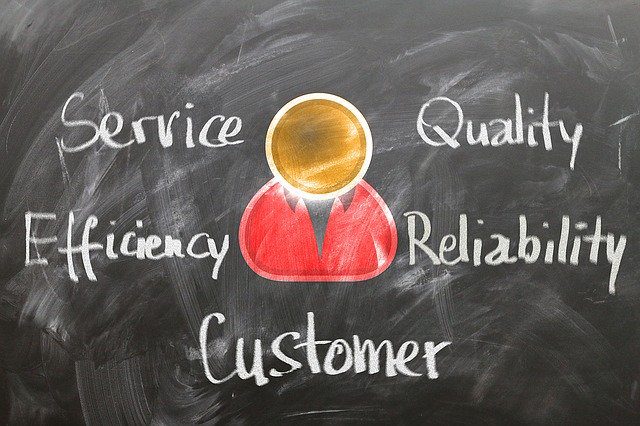Another powerful benefit available with embracing eCommerce for manufacturers: eCommerce allows you the opportunity to explore the market by testing new products and ideas.
In other words, eCommerce enables you to create your very own R & D department (Research and Development).
Cheaply…oops…I mean, inexpensively!
Related Article: Another Incredible eCommerce Benefit: No Major Capital Expenditures
How cool is that?! (btw, is cool still a “cool” word to use these days?)
Adding an eCommerce store to your current website allows you to test new products as well as explore new ideas on the market.
However, not in the sense of high end engineering or trying to invent the better mousetrap.
Simply taking the products that you currently produce on a daily basis and aggressively discovering new markets.
Remember, we need you to stay in your Wheelhouse.
The market will certainly let you know if your products and ideas provide value or not.
Launch a new product, service or idea, and the market WILL respond.
Hopefully with open arms.
Otherwise, the market responds with total silence.
In other cases, the market responds by saying this idea stinks yet we suggest another direction that makes more sense (and more cents).
Related Article: Captain Your Ship! eCommerce Helps You Stay in Your Wheelhouse
The market tells you if you are right (or my case, wrong!)

For example, 100 years ago (well not quite that long ago but it sure feels like it) I founded an eCommerce company.
This was 1995.
I quickly discovered how eCommerce plays the role of your market research department.
At that time, my goal was to build a Business to Business eCommerce company.
However, the market had other plans.
Here was my mistake, I was determined that business owners were our target market.
Business owners in 1995 were primarily folks 30 years of age and up.
The Silent Generation (1925 – 1945) and Baby Boomers (1946 – 1964).
Turned out I was completely wrong about the target.
One major challenge that I overlooked?
The Silent Generation and Baby Boomers were not quite ready to embrace eCommerce in 1995.
Comments at that time included:
- Purchase products over the computer?
- What is this “internet thing” anyway?
- Isn’t the internet just a fad?
- Most importantly the biggest hurdle back then: “enter my credit card information over the computer? What are you out of your mind?”
Come to find out, do you know who had no problem making purchases over the internet in 1995?
Twenty-somethings.
Related Article: Like It or Not, Your Website is Your 24 Hours a Day Sales Rep
Market to Generation X

Gen X quickly surfaced as a much more accurate target market.
Twenty-somethings who were not business owners at all.
One order after the other, we kept shipping products to consumers.
Many customers were working professionals who could easily shop in the evening as well as over weekends.
Consumers looking for convenience, a wide selection and low prices which eCommerce offers.
Younger generations always embrace technology much quicker.
Orders started to trickle in.
Then more frequent.
Eventually, they flowed 24/7.
As a result, eCommerce was an absolute game-changer for my company.
Actually, it completely changed my life.
It took our company national. From a small local wholesaler to ultimately shipping to all 50 states, American military bases abroad, American territories as well as Canada.
As a result, we were completely blessed to earn a ranking on the Internet Retailer Top 1000 Companies 3 years in a row.
As you explore new technology. New opportunities. Take a moment to sit back and digest a critical question: Who is your target market?
I like to refer to your ideal customer as “Soulmates”.
Who is that coveted customer you are seeking?
In addition, what customers would greatly benefit from connecting with you?
Related Article: Seeking Soulmates: Does Your Website Attract Dream Customers?
B2C You Fool, Not B2B

Lo and behold, a valuable lesson learned.
B2C showed interest, not B2B.
At that time, my company served the market as a wholesaler who sold strictly to businesses such as retailers, grocery chains and sole proprietors.
Therefore, selling to consumers skipped a step in the supply chain.
As a wholesaler, selling directly to consumers introduced tremendous benefits to both the consumer and our company as well.
First of all, skipping a step in the supply chain welcomed higher profit margins for our business.
However, even though eCommerce brought higher profit margins for our company, the customer still saved a great deal of money by not purchasing these particular products at retail prices.
Another powerful benefit that eCommerce offers, we eliminated all receivables.
With eCommerce, every single order is paid for prior to shipping. This was glorious.
Additionally, all orders shipped via UPS. Outsourcing shipping to the logistics experts delivered (sorry for the pun) a powerful competitive advantage.
This brought another wonderful moment of freedom. We sold off all of our delivery vehicles (which constantly broke down).
Furthermore, we captured thousands of customers which eliminated the threat or weakness from relying on a handful of customers representing a large portion of sales.
Moral of the story here, when the market speaks, it certainly pays to listen.
In my case, testing eCommerce opened the door to an entirely different market than intended.
As a manufacturer, you have a golden opportunity with eCommerce to skip a step and find yourself closer to the end-user.
Get in the eCommerce game to test the market with new products cheaply and efficiently.
Go for it and discover new customers that you never knew existed.
Your future customers are eagerly waiting!
Related Article: A Minimum Viable Product Helps You “Get in the Game”
Wrapping It Up
Thank you for stopping by to read this post.
Hopefully, you found this article helpful for your eCommerce journey.
For additional helpful information, please click on these posts below:












































